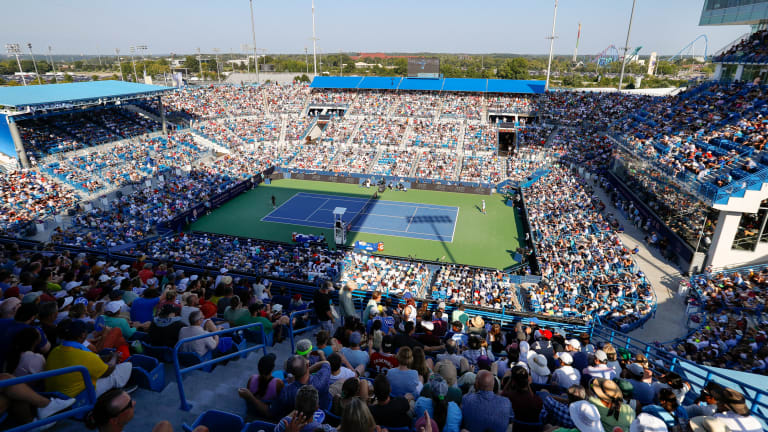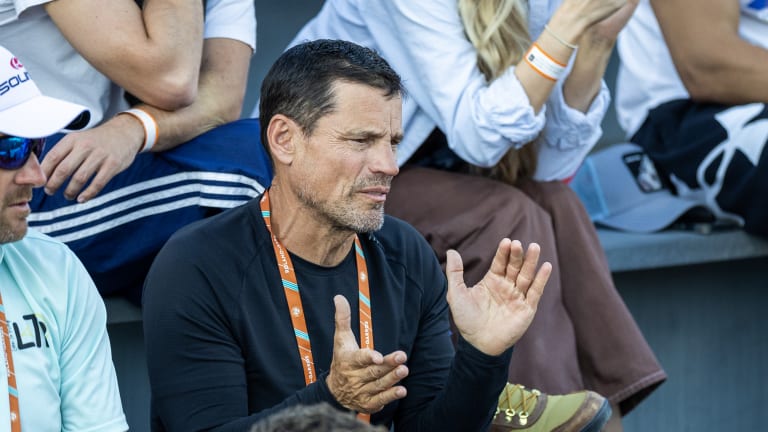The Business of Tennis
How Cincinnati prevailed over Charlotte in a tennis battle of the Queen Cities
By Oct 19, 2023The Business of Tennis
Garbiñe Muguruza returns to Madrid as co-tournament director
By Dec 13, 2025The Business of Tennis
Billie Jean King applauds historic WTA, Mercedes-Benz partnership: “Far beyond tennis”
By Dec 11, 2025The Business of Tennis
Coco Gauff inks deal to become global brand ambassador for Mercedes-Benz
By Dec 09, 2025The Business of Tennis
Inside BUNKR, the cybersecurity startup winning over the tennis world
By Dec 07, 2025The Business of Tennis
Coco Gauff tops Sportico's highest-paid female athletes list for third year running; Sabalenka, Keys make major jumps
By Dec 04, 2025The Business of Tennis
Aryna Sabalenka sets new WTA single-season prize money record
By Nov 10, 2025The Business of Tennis
Lululemon becomes official outfitter of the BNP Paribas Open in multiyear deal
By Nov 07, 2025The Business of Tennis
New logos, please: The ATP becomes latest tennis org to rebrand in 2025
By Nov 06, 2025The Business of Tennis
Jannik Sinner surpasses 50 million dollars in career prize money after winning Vienna
By Oct 27, 2025How Cincinnati prevailed over Charlotte in a tennis battle of the Queen Cities
Everyone needed to come together for the longstanding tournament to remain where it's been for over a century. And everyone in the Midwest should celebrate.
Published Oct 19, 2023
Advertising

This year's men's final between Novak Djokovic and Carlos Alcaraz was one of the finest in tournament history. But many wondered if it would also be one of its last.
© Icon Sportswire via Getty Images
Advertising
Advertising
Advertising

Ben Navarro, pictured watching his daughter, Emma, compete at Roland Garros earlier this year, ultimately decided the costs of moving the Western & Southern Open to Charlotte were too high.
© Corbis via Getty Images